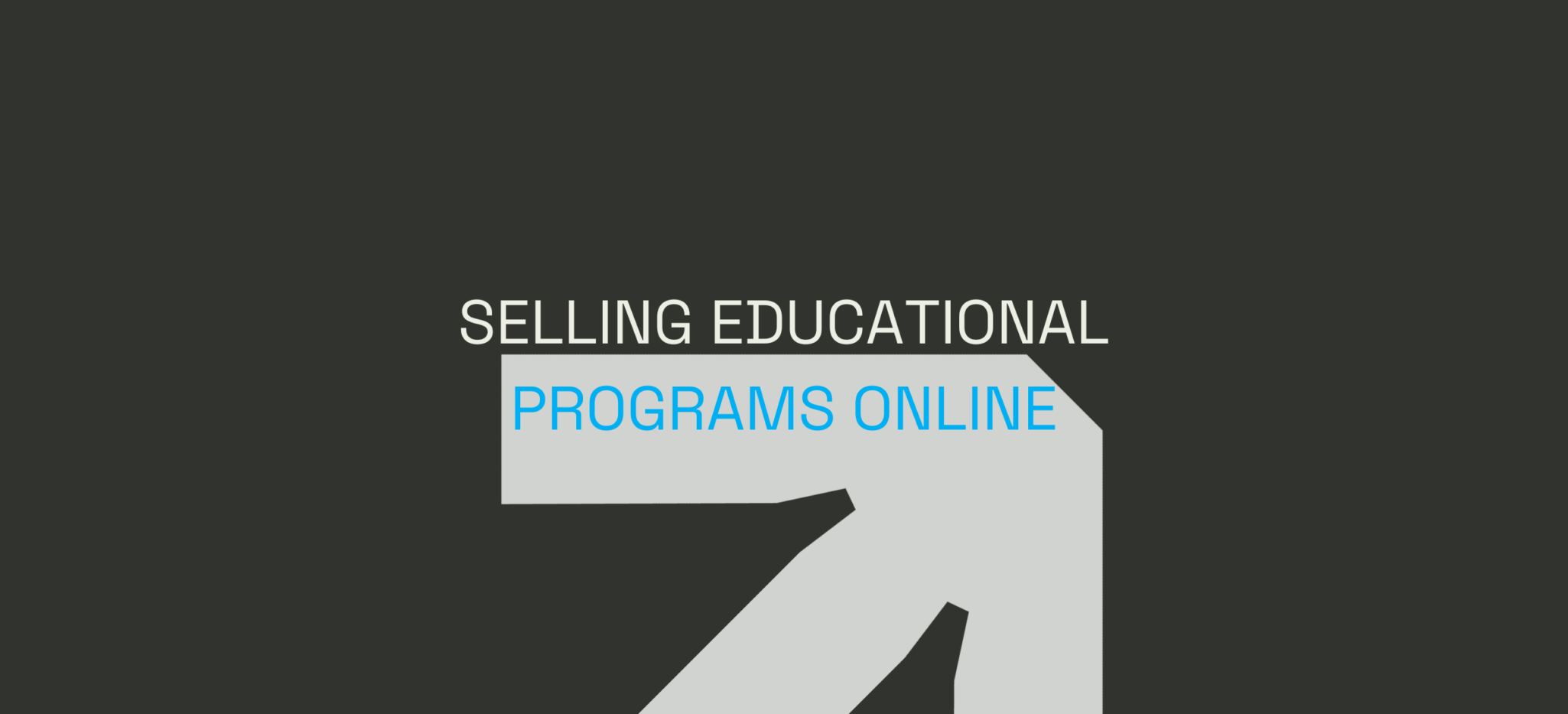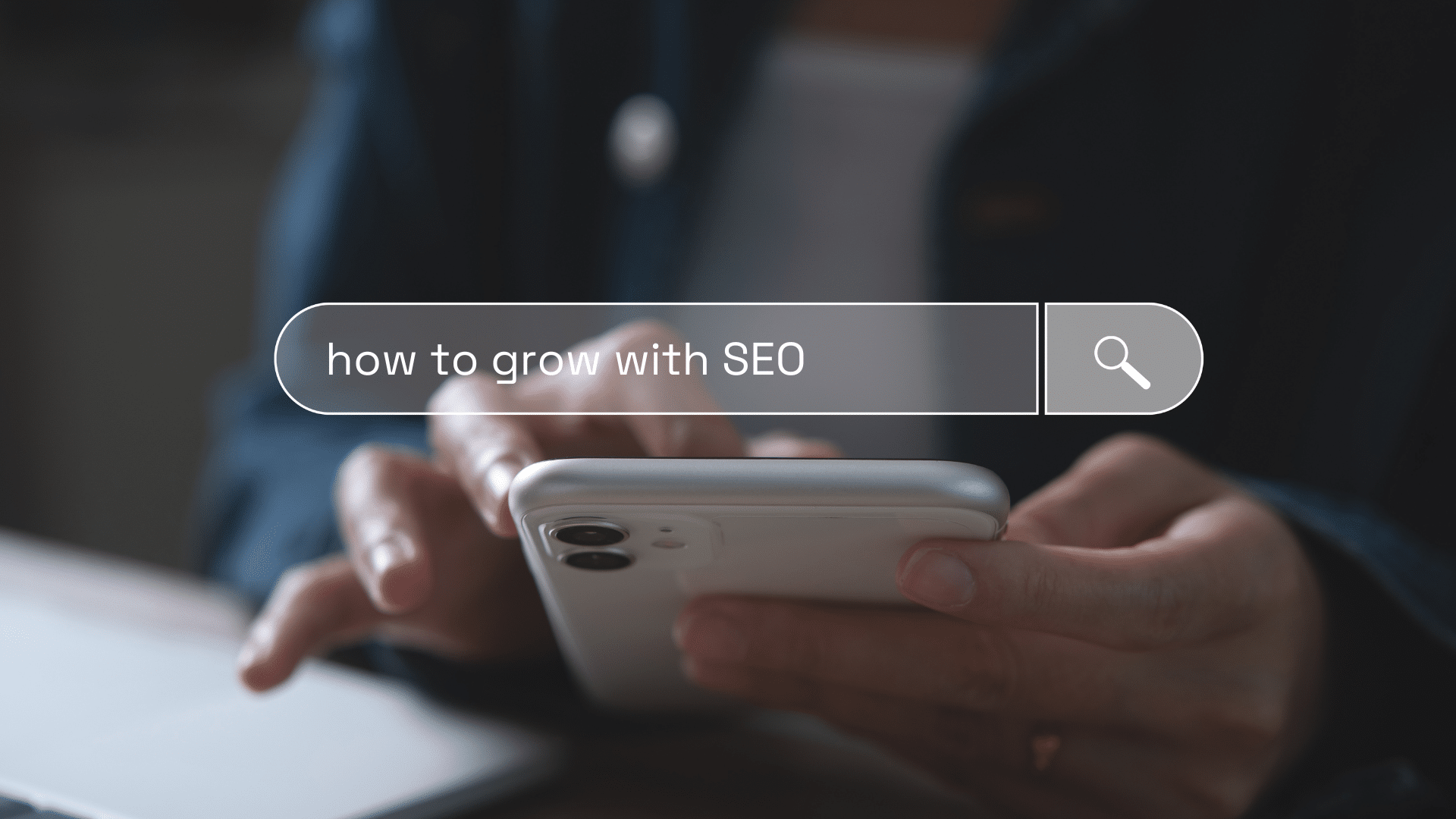
The Story of Slack: A CAC Success Story
When Slack launched in 2013, it redefined workplace communication. But its secret weapon wasn’t just a great product—it was an incredibly efficient approach to Customer Acquisition Cost (CAC). By leveraging freemium models, viral growth loops, and razor-sharp analytics, Slack kept its CAC remarkably low while scaling to millions of users. For SaaS businesses, optimizing CAC is not just about growth; it’s about survival. The lesson from Slack? With the right approach, even small budgets can drive big wins.
In this article, we’ll dive into actionable strategies to refine your CAC formula, highlight the critical role of data in improving performance, and explore how HubSpot, paired with 9H Digital’s services, can unlock your full potential.
What Is Customer Acquisition Cost (CAC) and Why Does It Matter?
At its core, Customer Acquisition Cost is the total cost of acquiring a new customer, including marketing, sales, and related expenses. For SaaS companies, understanding and optimizing CAC is crucial because the model relies on long-term revenue streams rather than one-time sales.
The formula for CAC is simple:
CAC =
Total Cost of Sales and Marketing
Number of New Customers Acquired
But simplicity doesn’t mean it’s easy to optimize. High CAC can cripple your margins, especially if your Customer Lifetime Value (CLV) doesn’t sufficiently outweigh acquisition costs. Balancing these metrics ensures profitability and long-term sustainability.
Strategies to Optimize Your Customer Acquisition Cost Formula
Leverage Data-Driven Targeting Data is the lifeblood of an optimized CAC strategy. Without clear insights into your audience, you’re essentially throwing darts in the dark. By analyzing buyer personas and using tools like HubSpot, you can refine targeting, ensuring you spend your budget on high-quality leads.
Pro Tip: Use predictive analytics to identify which prospects are most likely to convert. This minimizes wasted ad spend and shortens the sales cycle, lowering CAC.
Prioritize Organic Growth Channels
Paid advertising is effective but costly. SaaS businesses that invest in organic channels like content marketing, SEO, and social media can drastically reduce CAC over time.
Example: Companies like Trello have mastered organic growth by producing high-quality blog content, tutorials, and user guides that drive traffic and conversions without significant ad spend.
Optimize the Sales Funnel
A leaky sales funnel will sabotage your CAC optimization efforts. Focus on improving conversion rates at every stage:
Streamline your lead qualification process.
Use A/B testing to refine landing pages.
Automate follow-ups with CRM tools.
Focus on Retention as a CAC Strategy
Retention and referrals go hand-in-hand with lower CAC. Happy customers become advocates, driving word-of-mouth referrals that come with virtually no acquisition cost.
Pro Tip: Implement loyalty programs or referral incentives to boost customer-driven growth.
Experiment with Freemium Models Freemium models reduce upfront acquisition barriers by allowing users to experience value before committing financially. Dropbox famously used this strategy to scale exponentially while keeping CAC low.
The Role of Automation in CAC Optimization
Automation can significantly reduce acquisition costs by increasing efficiency and precision. For example:
Marketing automation ensures timely, personalized outreach.
Sales automation tools nurture leads without constant manual effort.
AI-driven chatbots provide instant support, enhancing the customer experience while lightening your team’s workload.
Platforms like HubSpot offer comprehensive automation capabilities, allowing you to manage and refine campaigns effortlessly. This not only reduces operational costs but also improves conversion rates, lowering overall CAC.
Measuring and Adjusting CAC Over Time
Optimization doesn’t end once you lower your CAC. Regular monitoring and adjustment are key to maintaining efficiency. Tools like HubSpot provide real-time data and reporting, making it easy to track metrics and make informed decisions.
Key Metrics to Watch:
Cost per Lead (CPL): Are you acquiring leads cost-effectively?
Conversion Rates: Are leads turning into paying customers?
Customer Retention Rate (CRR): Are you retaining enough customers to justify acquisition costs?
How HubSpot Can Revolutionize Your CAC Strategy
HubSpot is a powerhouse when it comes to data-driven CAC optimization. With its integrated CRM, marketing automation, and analytics capabilities, HubSpot empowers SaaS businesses to:
Identify high-value leads through predictive analytics.
Automate marketing campaigns that target the right audience at the right time.
Streamline the sales process with tools that shorten the funnel and increase conversions.
At 9H Digital, we specialize in tailoring HubSpot solutions to meet the unique needs of SaaS businesses. Whether it’s onboarding, automation setup, or optimizing your customer journey, our team ensures you extract maximum value from the platform.
Connect Your CAC Strategy with Other 9H Digital Services
Optimizing CAC doesn’t happen in isolation—it’s part of a broader growth strategy. 9H Digital offers complementary services to support your SaaS business, including:
SEO and Content Marketing: Drive organic traffic and reduce reliance on paid ads.
Custom Analytics Solutions: Gain deeper insights into customer behavior.
Web Design and Development: Build high-converting landing pages and user-friendly experiences.
These services work hand-in-hand to lower your CAC while driving sustainable growth.
Ready to take control of your Customer Acquisition Cost? Schedule a personalized HubSpot demo with Ale, our HubSpot specialist at 9H Digital. Ale will guide you through the platform’s features, showing how you can leverage data, automation, and analytics to achieve better SaaS performance.
Click here to book your demo today! Book a call here.
Similar articles you might be interested in

Case Studies Showing HubSpot’s Strength in Selling Education Online
Have you ever poured your heart into creating an online course or educational program, only to find that turning leads into actual students feels like trying to catch sand slipping through your fingers? If this sounds familiar, you’re not alone....

SEO Services in Malta
With Search Engine Optimization Agency 9H Digital, your digital presence can rise to the top of the SERPs (Search Engine Results Pages ), making it more likely for customers to find you.

Personalization Strategies: Utilizing AI Technology to Enhance the Shopping Experience
Personalisation is now an important part of being successful in the ever-changing world of eCommerce. Customising shopping experiences based on personal tastes is not a new idea, but the rise of artificial intelligence (AI) has made it possible on a...
